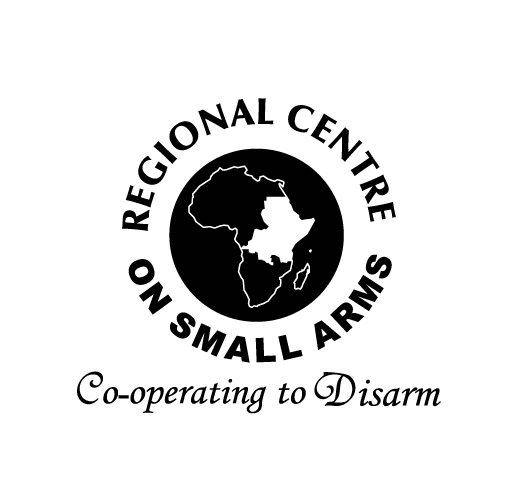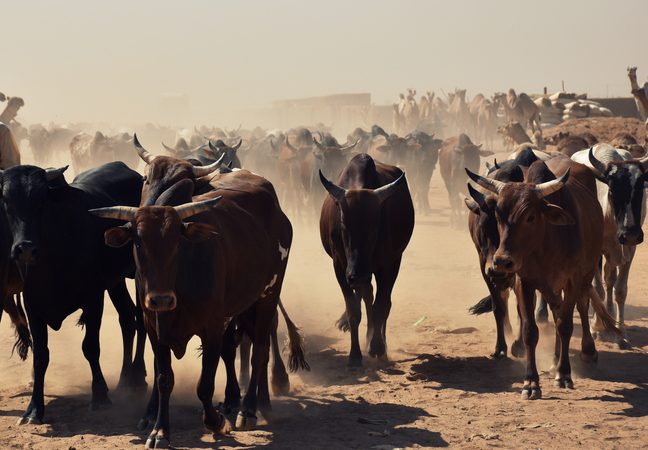Cattle rustling in the Horn and East African regions has existed for many centuries. Traditionally, it was sanctioned by elders and played as a game aimed at replenishing lost herds and for cultural practices, including dowry payment and as proof of one’s manhood and bravery. However, in the last 30 years, the practice has changed from a noble tradition to a lethal commercial activity involving diverse actors. The extent and seriousness of cattle rustling in the region have largely been attributed to the availability of illicit Small Arms and Light Weapons (SALW).
This study sought to establish the nexus between cattle rustling and the proliferation of illicit SALW and their impact on development and livelihoods. The study covered five countries: Ethiopia, Kenya, Somalia, South Sudan, and Uganda.
The study found a strong correlation between cattle rustling and the proliferation of illicit SALW, creating a vicious cycle where illicit SALW fuels a more violent business of cattle rustling. This, in turn, leads to higher profits, which facilitates the acquisition of more sophisticated illicit SALW. It was also established that in Kenya, South Sudan, and Ethiopia, cattle rustling has become more militarized and commercialized. In Somalia, livestock theft has replaced traditional cattle rustling, while in Uganda, government efforts have reduced it to cattle theft.
The main drivers of cattle rustling were identified as the proliferation of illicit SALW, porous borders, socio-cultural perceptions, weak legislation, and inadequate state presence. In all the countries studied, governments in partnership with regional and international actors have implemented diverse measures to control cattle rustling and the proliferation of illicit SALW. However, many of these efforts have yielded limited results. In order to build resilience, the study recommends the following: control the proliferation of illicit SALW, increase cross-border collaboration, invest in alternative livelihood programs, promote cultural dialogue on conflict resolution mechanisms, strengthen local governance structures, and develop and harmonize livestock identification and traceability systems (LITS).

